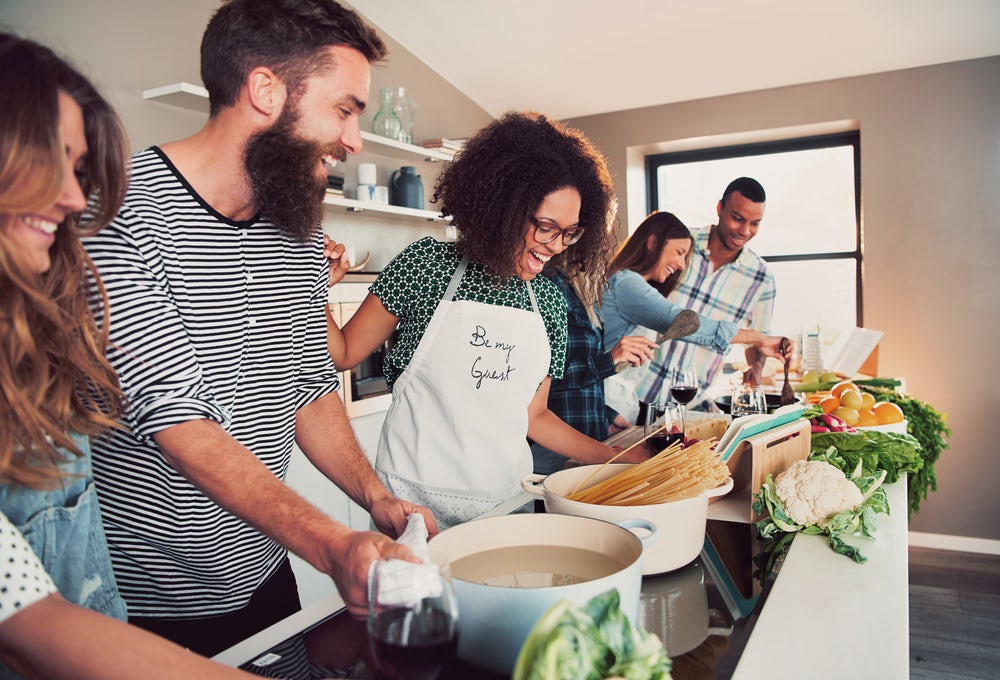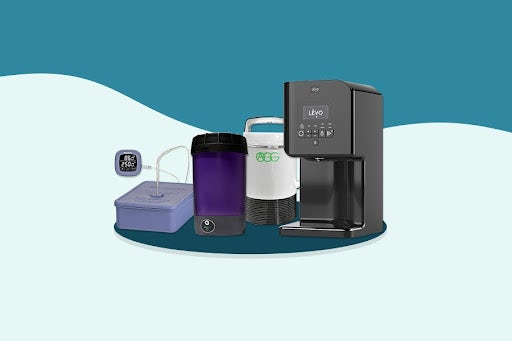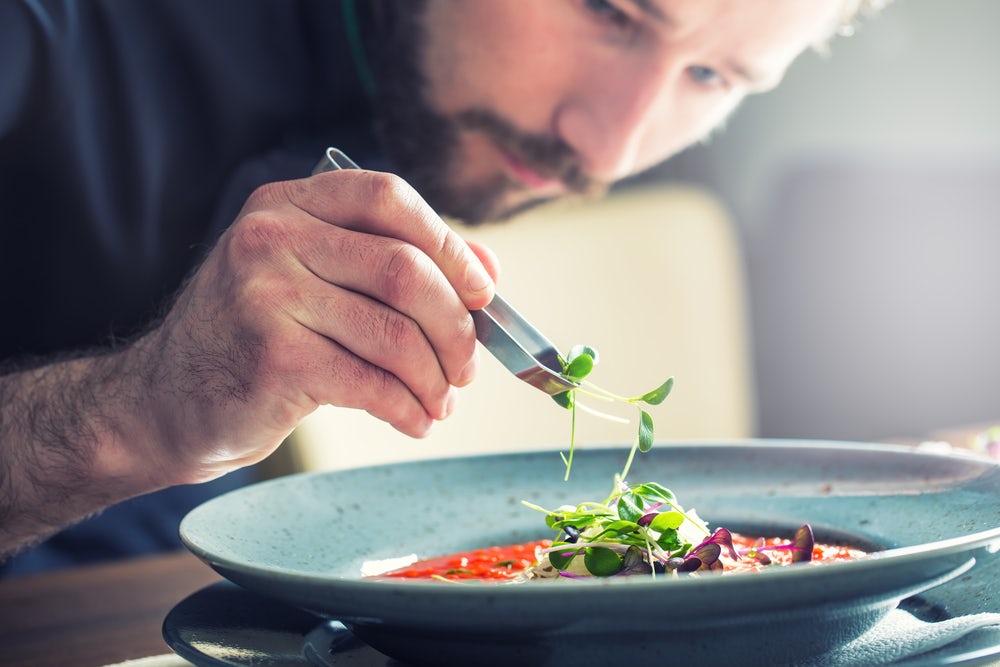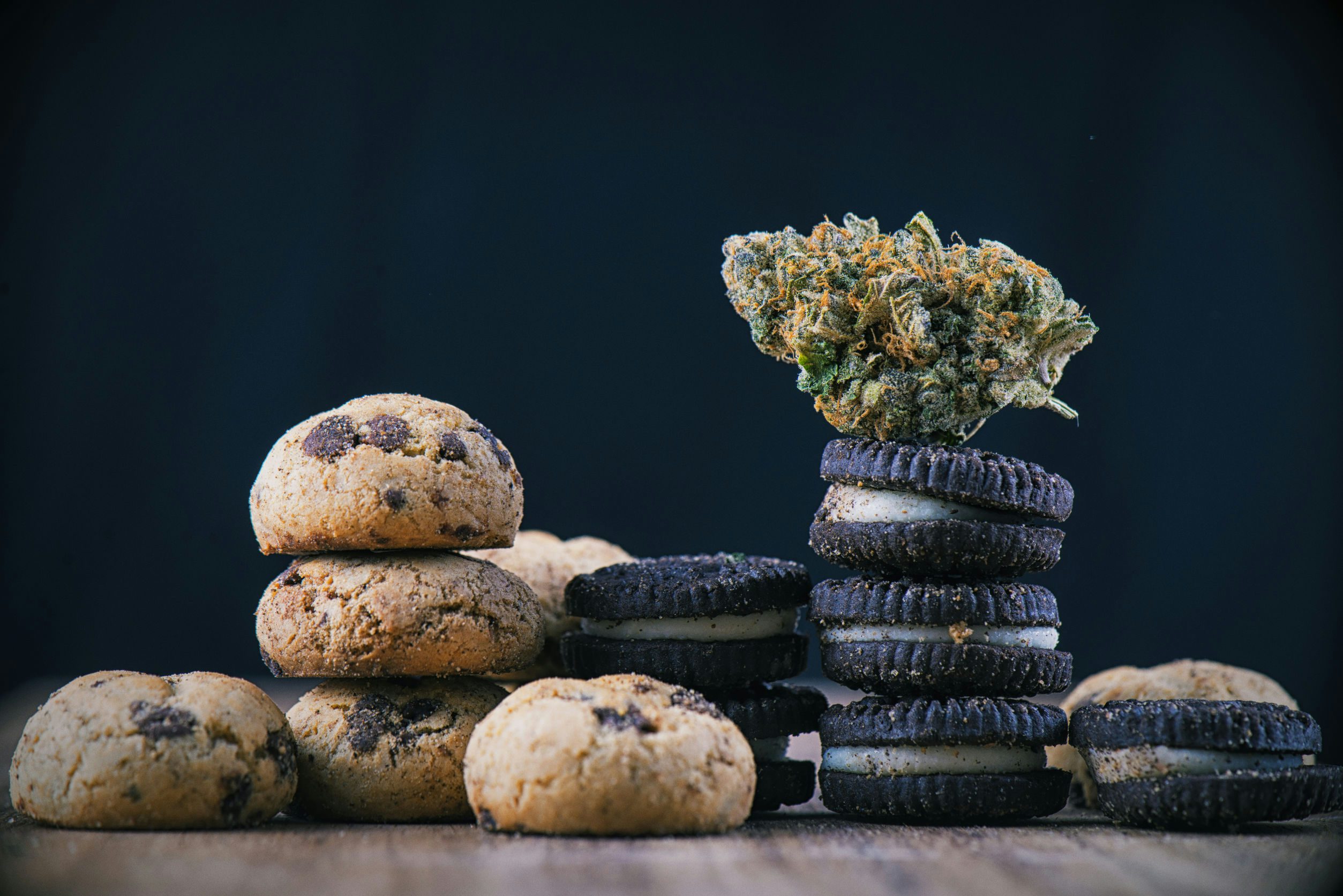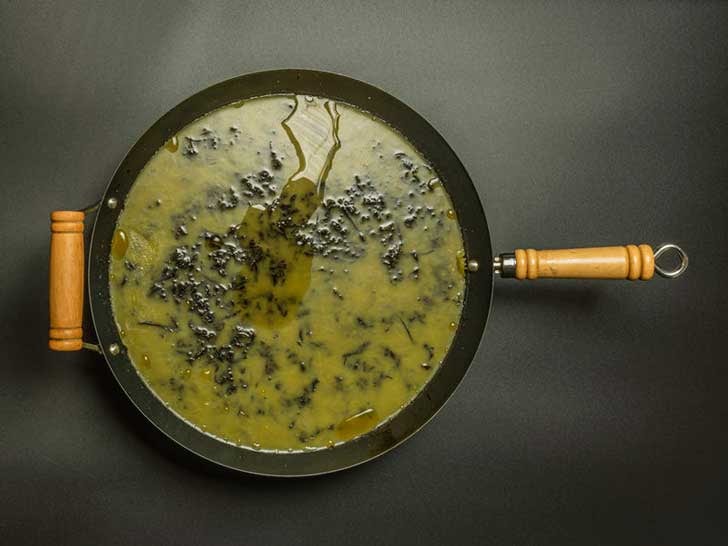AVB is leftover weed that’s been used in a dry herb vaporizer. AVB is short for already vaped bud, although you may also know it as “already been vaped” (ABV) cannabis. There is no agreed upon acronym.
AVB weed is special because, unlike smoking, a dry herb vaporizer simply heats the bud to create a rich vapor. While this vapor gets you high by heating the cannabinoids and terpenes, it doesn’t destroy them like smoking does. So when you’re done vaping, you can use your AVB weed again!
Can you eat ABV as is?
Since AVB weed has been heated, it’s already decarboxylated, or at least partially depending on how long you vaped it. You can use the AVB as is, sprinkling it on food to make, individually dosing, creating single-serve edibles or adding a tablespoon to your morning coffee grounds. But ABV is an acquired taste and some even say it has an unpleasant smell.
While the heating process in vaporizers produces less small, harmful byproducts of combustion (burning), it can still produce some smelly residues. 1
These stinky residues and byproducts can be mostly removed by employing a method known as water curing, which calls for soaking and rinsing the ABV in water to remove the smelly, water soluble compounds, while hopefully keeping the cannabinoids (fat soluble molecules). This water-cured ABV can then be used directly with improved taste, or extracted into oil or butter as you would decarbed weed.
How to collect and preserve already vaped bud
Knowing how to make edibles with reclaimed weed is a great way to stretch your bud (and your dollars) further and saving your AVB is easy. Once you’re done vaping, simply clean out the bowl into a glass jar or airtight plastic container. Store this container in a dark, dry place to use when you’re ready.
How potent is already vaped bud?
How strong your ABV bud is depends on a few things:
- How potent your flower was
- What your vape temp was
- How many times you hit the bowl
In general, AVB is significantly less potent than raw flower, because you’ve already heated some of the terpenes and cannabinoids off. But don’t let this fool you- depending on how you vaped your weed, there is still plenty left to get you high again. With all edibles, the golden rule is to start low and go slow. Once you know how strong your edibles are, you can adjust the serving size from there.
Do you need to decarb AVB?
No, using AVB is the same as using decarboxylated weed. Cooking with vaped weed means you can skip the oven, putting you one step ahead in the edibles process. Some terpenes and cannabinoids have been lost or degraded in the vaping process, leaving you with dry, brown, and unique smelling ABV. A rough estimate of ABV potency is ¼ of the original % THC in that herb. Of course, how much % cannabinoid is left over after vaping is directly related to the temp and the time that bud was vaped for.
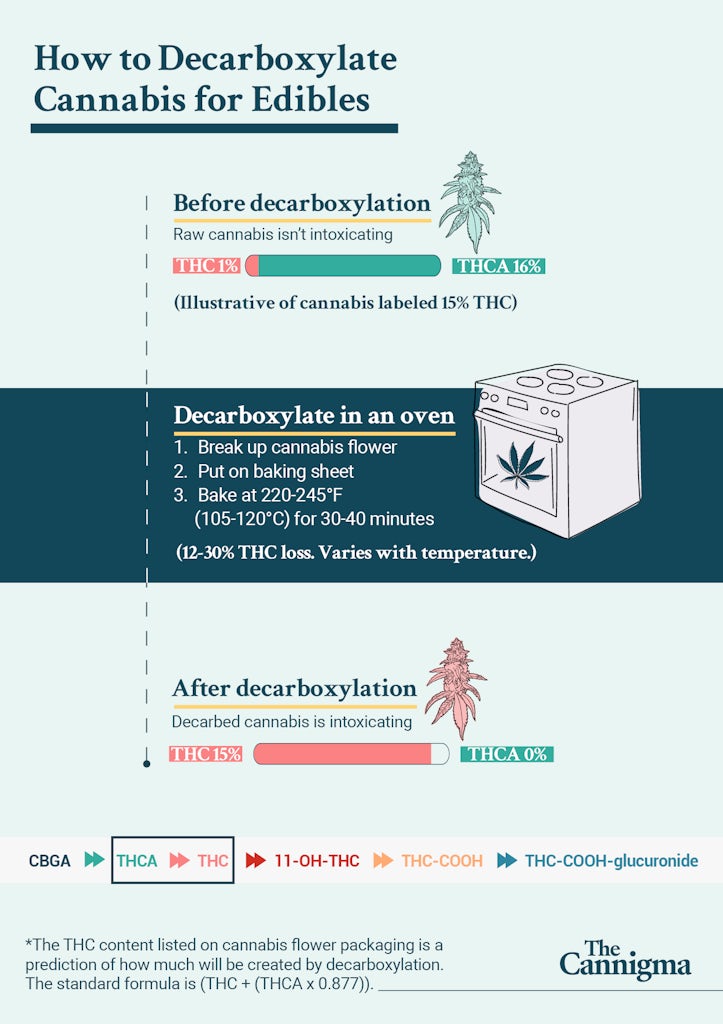
Top 5 ABV recipes you can make at home:
AVB tea
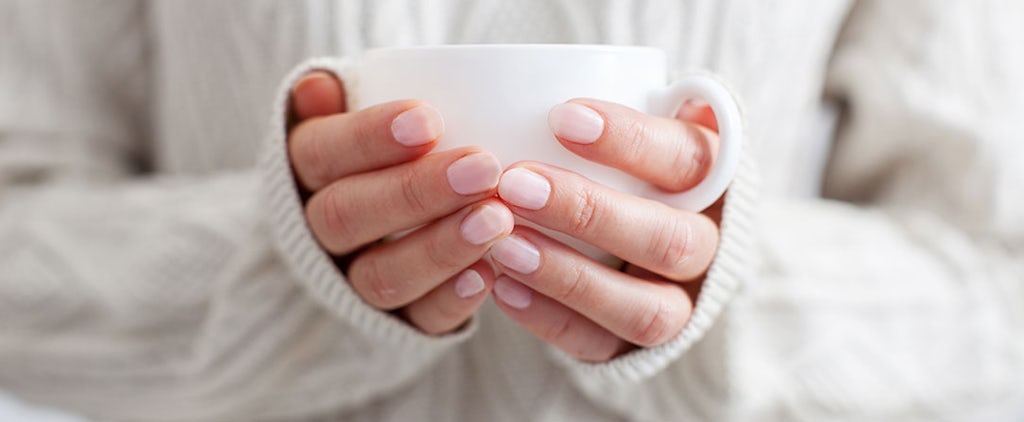
Ingredients:
- 2-3 grams of AVB
- Lemon zest
- Orange zest
- Cinnamon stick
- Favorite tea blend
- Teabag
- Hot water
- Mug
Instructions:
- Put your AVB, lemon zest, orange zest and cinnamon stick in a tea bag.
- Heat water to boiling and pour it into the mug.
- Steep the AVB tea in the mug for 7-10 minutes.
- Sweeten with sugar or honey according to taste and enjoy!
For the full AVB tea recipe, click here.
AVB canna-butter

Ingredients:
- 7-14 grams of AVB weed
- 2 sticks of butter
- Cheesecloth
- Storage container
- 1 cup water
- Saucepan
Instructions:
- In the saucepan, heat the butter and water together to a simmer until the butter is melted.
- Add in your AVB bud and stir well to combine.
- Let the mix simmer for 2-3 hours, stirring occasionally. Don’t let the mix boil.
- Turn the heat off and let the mix cool. Strain it through a cheesecloth into your storage container and store in the fridge.
For the full cannabutter recipe, click here.
AVB coconut oil
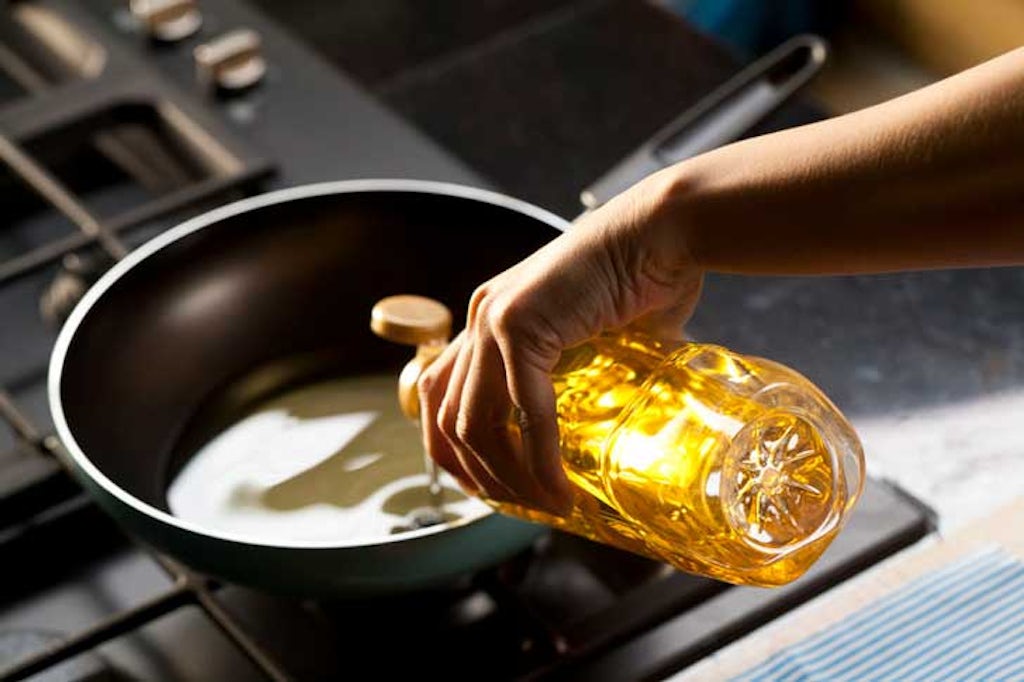
Ingredients:
- 7-14 grams of AVB weed
- 1 c coconut oil
- Saucepan
- Storage container
- Cheesecloth
Instructions:
- Melt the coconut oil in the slow cooker on low heat.
- Add the AVB and stir.
- Let the mix cook for 2 hours on low, stirring occasionally. Keep the temperature between 130-150°F (55-65°C) to avoid scorching.
- Turn the heat off and let the mix cool. Strain the oil through a cheesecloth into the container, allow to cooldown and store in a cool dark space.
For more information on how to make cannabis oils, click here.
AVB brownies
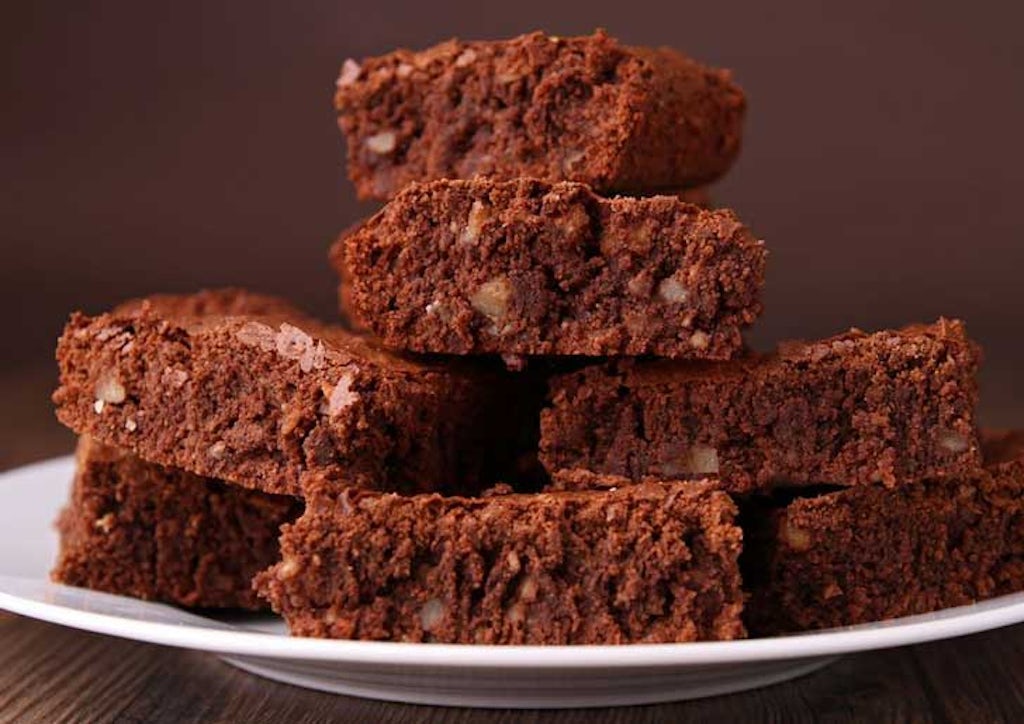
The shortcut to weed brownies is to buy a boxed mix and substitute the oil or butter for infused oil or butter. This will save you time and effort, but they may not be quite as delectable as making them the old fashioned way.
Ingredients:
- 1 stick (4 ounces/115 grams) unsalted butter
- 1/4 c (4 tbsp) cannabutter
- 12 ounces (340 grams) bittersweet chocolate, coarsely chopped (can substitute dark or milk chocolate to preference)
- 1 c packed light brown sugar
- 3/4 c granulated sugar
- 1 tsp fine sea salt
- 4 large eggs
- 2 tsp vanilla extract
- 3/4 c all-purpose flour
Instructions:
- Preheat your oven to 350F and line or grease a 9×13 baking pan.
- Melt both of your butters and combine. Add chocolate and stir until melted and combined.
- In the same bowl, add in the brown sugar, salt, and sugar and stir until combined.
- In a separate bowl, whisk the eggs until foamy and whisk in the vanilla.
- Pour chocolate mix into egg mix and whisk to combine, ensuring the chocolate mix has cooled.
- Whisk in the flour until combined.
- Pour the batter into the pan and bake at 350F for 20-25 minutes.
- Remove from the oven and cool, then enjoy!
For the full cannabis brownies recipe, click here.
AVB tincture

Ingredients:
- 3.5 grams AVB bud
- 4 ounces Everclear, 151, or similar very high proof liquor (do NOT use rubbing alcohol)
- Glass Jar
- Cheesecloth
- Dark glass dropper bottles
Instructions:
- Put your AVB bud in the glass jar and pour the alcohol over.
- Gently shake the jar to ensure all the bud is coated and store in a cool dark place
- Let your tincture sit for at least 24 hours or up to 3 weeks. Shake once a day.
- Strain the mix with a cheesecloth into a large container.
- Use a funnel to pour the mix into a dark glass dropper bottle and store in a cool, dark place.
For more details on how to make a cannabis tincture, click here.
Sources
- Lanz C, Mattsson J, Soydaner U, Brenneisen R. Medicinal Cannabis: In Vitro Validation of Vaporizers for the Smoke-Free Inhalation of Cannabis. PLoS One. 2016;11(1):e0147286. Published 2016 Jan 19. doi:10.1371/journal.pone.0147286
Sign up for bi-weekly updates, packed full of cannabis education, recipes, and tips. Your inbox will love it.

 Shop
Shop Support
Support
